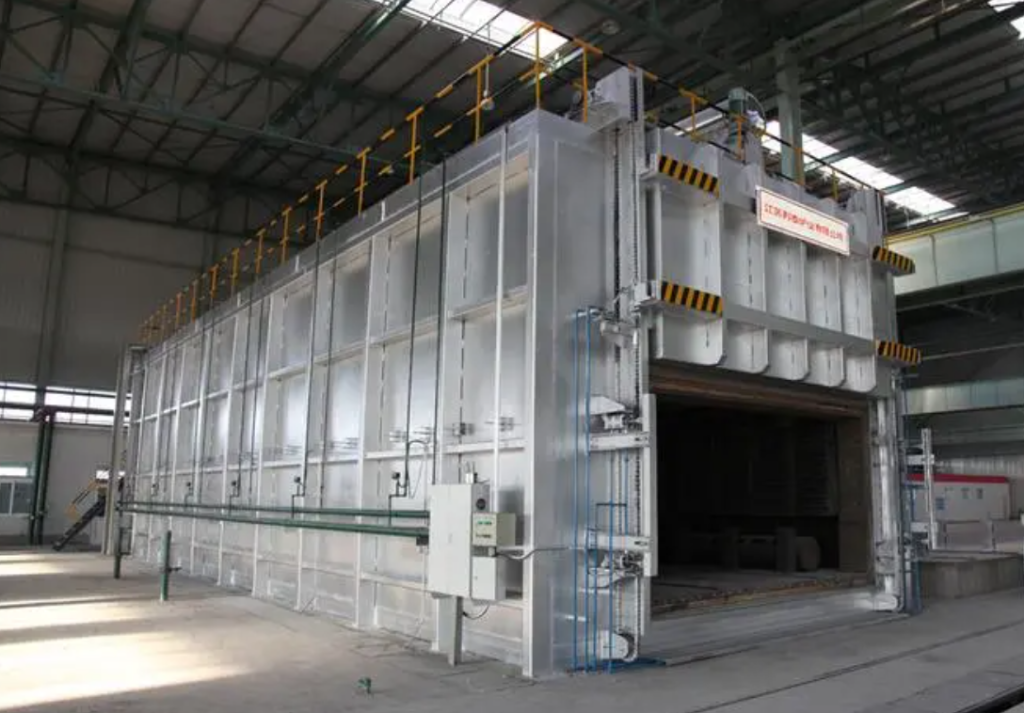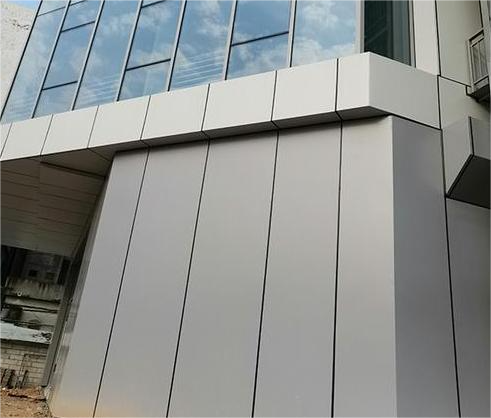Aluminum alloys play a vital role in numerous industries due to their lightweight, corrosion resistance, and excellent formability. One essential aspect of aluminum alloys is their temper designation, which indicates the material’s mechanical properties and processing conditions. Among these designations, “O” stands out as a significant indicator of the annealed condition. Let’s delve into understanding the annealed condition in aluminum alloys.
What is Annealing?
Annealing is a heat treatment process used to modify the properties of metals, including aluminum alloys. The annealing process involves heating the metal to a specific temperature and then cooling it slowly to achieve desired changes in its microstructure and mechanical properties.

The Significance of “O” in Aluminum Alloys
In the context of aluminum alloys, “O” represents the annealed condition. For example, in the designation “1060-O,” the “O” signifies that the aluminum alloy is in the annealed state. Annealed aluminum alloys are soft, ductile, and easily formable, making them ideal for various manufacturing processes such as bending, shaping, and deep drawing.
Characteristics of Annealed Aluminum Alloys
1. Softness: Annealed aluminum alloys are relatively soft compared to their hardened counterparts. This softness allows for easy deformation and shaping during manufacturing processes.
2. Ductility: Annealed aluminum alloys are highly ductile, meaning they can undergo significant plastic deformation without fracture. This property is essential for forming complex shapes without material failure.
3. Workability: The annealed condition enhances the workability of aluminum alloys, making them suitable for a wide range of fabrication techniques, including rolling, stamping, and extrusion.
Applications of Annealed Aluminum Alloys
Manufacturing: Annealed aluminum alloys are commonly used in the production of sheet metal, extrusions, and forgings for manufacturing processes such as automotive components, consumer electronics, and household appliances.
Packaging: Annealed aluminum alloys are utilized in the packaging industry for manufacturing aluminum foil, cans, and containers due to their excellent formability and barrier properties.
Construction: Annealed aluminum alloys are employed in architectural applications such as roofing, siding, and decorative elements due to their lightweight, corrosion resistance, and ease of fabrication.

Conclusion
The annealed condition, represented by “O” in aluminum alloys, plays a crucial role in determining the material’s formability and workability. Understanding the significance of the annealed condition is essential for selecting the appropriate aluminum alloy for specific applications, ensuring optimal performance and manufacturability.


